Did you know Great Smoky Mountains National Park is America’s most visited national park, welcoming over 14 million visitors annually? This natural wonder, straddling the border between Tennessee and North Carolina, earned its name from the mystical blue mist that hovers around its ancient peaks. With over 800 square miles of pristine wilderness, cascading waterfalls, and diverse wildlife, the Smokies offer an unparalleled outdoor experience that keeps visitors returning season after season.
Getting to Great Smoky Mountains National Park
The Great Smoky Mountains National Park is accessible from multiple directions, with several major entrances serving as gateways to this natural paradise. Most visitors arrive by car, as the park is conveniently located near several major highways.
Main Park Entrances
- Sugarlands Entrance (Gatlinburg, TN) – The most popular entrance, accessible via US-441 from Gatlinburg.
- Oconaluftee Entrance (Cherokee, NC) – The main eastern entrance, accessible via US-441 from Cherokee.
- Townsend Entrance (Townsend, TN) – Known as the “peaceful side of the Smokies,” accessible via TN-73.
- Cataloochee Valley Entrance – A more remote entrance famous for elk viewing, accessible via a scenic mountain road.
Travel Options
- By Air: The closest major airports are McGhee Tyson Airport (TYS) near Knoxville (about 45 minutes from Gatlinburg) and Asheville Regional Airport (AVL) in North Carolina. Book your flights in advance, especially during peak seasons.
- By Car: Most visitors drive to the park. Rental cars are available at both airports if you’re flying in.
- Public Transportation: Limited options exist, so having your own vehicle is recommended for exploring the park.
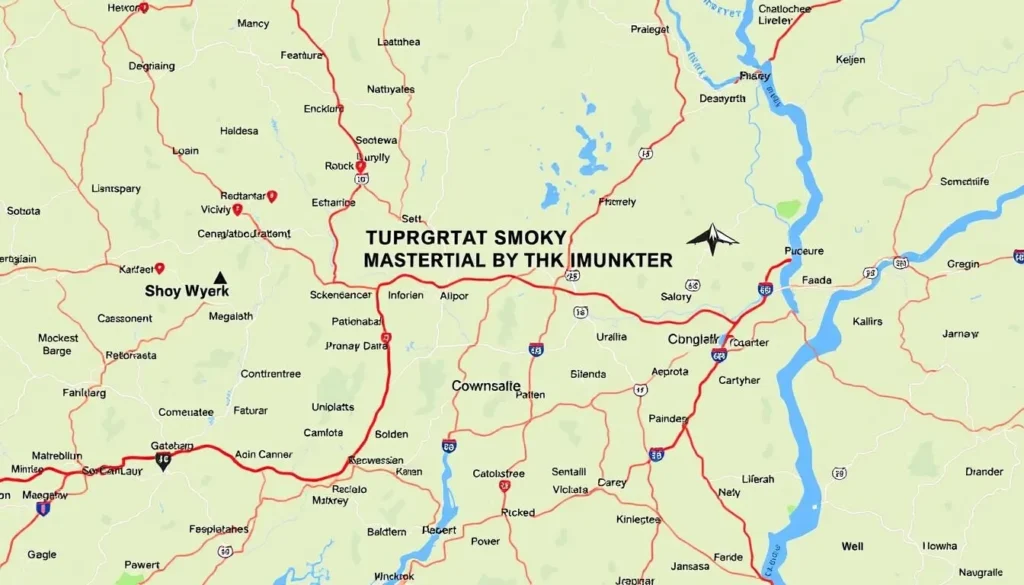
Planning Your Journey
A successful trip to Great Smoky Mountains National Park requires some advance planning, especially during peak seasons when accommodations fill quickly and trails become crowded. Here’s what you need to know before you go:
Essential Travel Resources
Start planning your Smoky Mountains adventure with these trusted services:
Park Fees & Permits
Unlike many national parks, Great Smoky Mountains National Park does not charge an entrance fee. However, as of March 2023, a parking tag is required:
- Daily parking tag: $5
- Weekly parking tag: $15
- Annual parking tag: $40
Parking tags can be purchased online through the Recreation.gov website or at any visitor center. For backcountry camping, permits are required and cost $4 per person per night.
Visitor Centers
The park has four main visitor centers where you can get maps, information, and speak with rangers:
- Sugarlands Visitor Center (near Gatlinburg)
- Oconaluftee Visitor Center (near Cherokee)
- Cades Cove Visitor Center
- Clingmans Dome Visitor Center (seasonal)
Visitor centers are typically open daily from 8:00 AM to 5:00 PM, with extended hours during summer months.
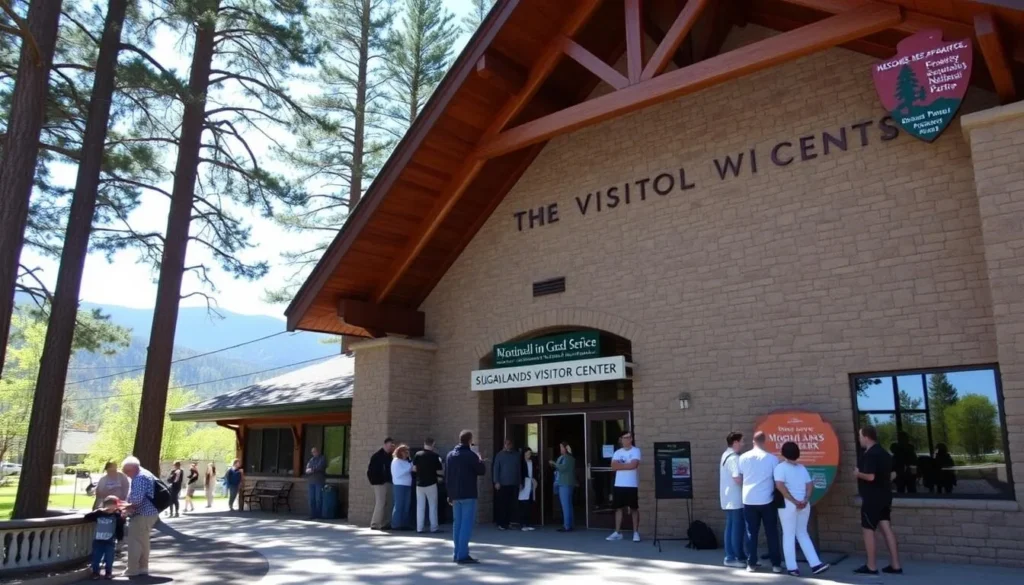
When to Visit
Great Smoky Mountains National Park is open 24 hours a day, 365 days a year, though some roads and facilities close seasonally due to weather conditions. Each season offers a unique experience in the Smokies:
Spring (March-May)
Spring brings an explosion of wildflowers and moderate temperatures (50-70°F). The park celebrates this with the annual Spring Wildflower Pilgrimage in April. Rainfall is common, so pack waterproof gear.
Summer (June-August)
Summer is the busiest season with warm temperatures (70-85°F) and occasional afternoon thunderstorms. Higher elevations offer relief from the heat. Arrive early to avoid crowds at popular spots.
Fall (September-November)
Fall brings spectacular foliage, typically peaking mid-October to early November. Temperatures range from 50-70°F. This is the second busiest season, especially on weekends.
Winter (December-February)
Winter offers solitude and snow-covered landscapes. Temperatures can drop below freezing, especially at higher elevations. Some roads may close after snowfall, but main roads remain open year-round.
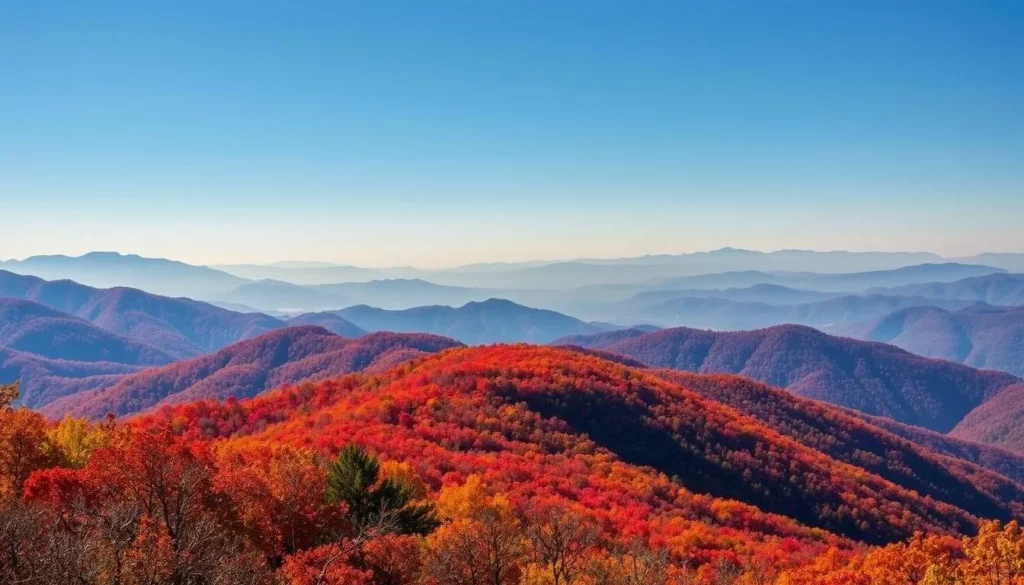
Photographer’s Tip: For the best lighting conditions, visit popular overlooks like Clingmans Dome or Newfound Gap during the “golden hours” – shortly after sunrise or before sunset. The soft light during these times enhances the blue haze effect that gives the Smokies their name.
Getting Around the Park
Great Smoky Mountains National Park covers over 800 square miles, with numerous roads, trails, and points of interest. Having a solid plan for transportation is essential for maximizing your visit.
By Car
A personal vehicle offers the most flexibility for exploring the park. Key scenic drives include:
- Newfound Gap Road (US-441) – The main road through the park, connecting Gatlinburg, TN to Cherokee, NC with numerous overlooks.
- Cades Cove Loop Road – An 11-mile one-way loop through a scenic valley with historic buildings and wildlife viewing.
- Roaring Fork Motor Nature Trail – A 5.5-mile one-way loop near Gatlinburg with streams, historic buildings, and forest views.
- Blue Ridge Parkway – Connects to the park near Cherokee and offers spectacular mountain views.
Hiking
With over 850 miles of trails, hiking is the best way to experience the park’s interior. Trails range from easy walks to challenging backcountry routes:
- Easy: Laurel Falls Trail (2.6 miles round-trip), Clingmans Dome Observation Tower Trail (1 mile round-trip)
- Moderate: Alum Cave Trail (4.4 miles round-trip), Andrews Bald (3.6 miles round-trip)
- Challenging: Charlies Bunion (8.1 miles round-trip), Mount LeConte via Alum Cave (11 miles round-trip)
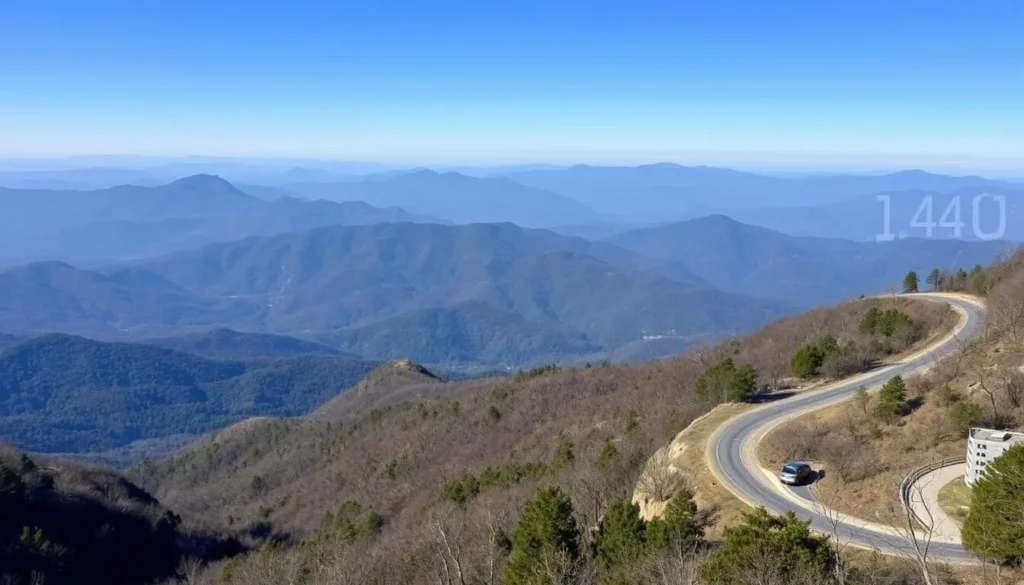
Road Closure Information: Some park roads close seasonally or during inclement weather. Always check the official park website for current road conditions before your visit, especially during winter months or after heavy rainfall.
Where to Stay
From rustic campgrounds to luxury cabins, the Great Smoky Mountains region offers accommodations for every preference and budget. Booking well in advance is essential, especially during peak seasons.
Inside the Park
- LeConte Lodge – The only lodging facility within the park, accessible only by hiking trails.
- Campgrounds – The park has 10 developed campgrounds including Cades Cove, Elkmont, and Smokemont.
- Backcountry Camping – Over 100 backcountry sites for wilderness enthusiasts (permit required).
Gatlinburg & Pigeon Forge (TN)
- Hotels & Motels – Numerous options from budget to luxury.
- Mountain Cabins – Private rentals with stunning views and amenities like hot tubs.
- Resorts – Full-service properties with on-site dining and activities.
Cherokee & Bryson City (NC)
- Cherokee Hotels – Convenient access to the North Carolina side of the park.
- Riverside Cabins – Peaceful accommodations along mountain streams.
- B&Bs – Charming options with local hospitality and breakfast included.

Top Attractions in Great Smoky Mountains National Park
With so much to see and do, prioritizing your activities is key to making the most of your visit. Here are the must-see attractions that showcase the park’s natural beauty and cultural heritage:
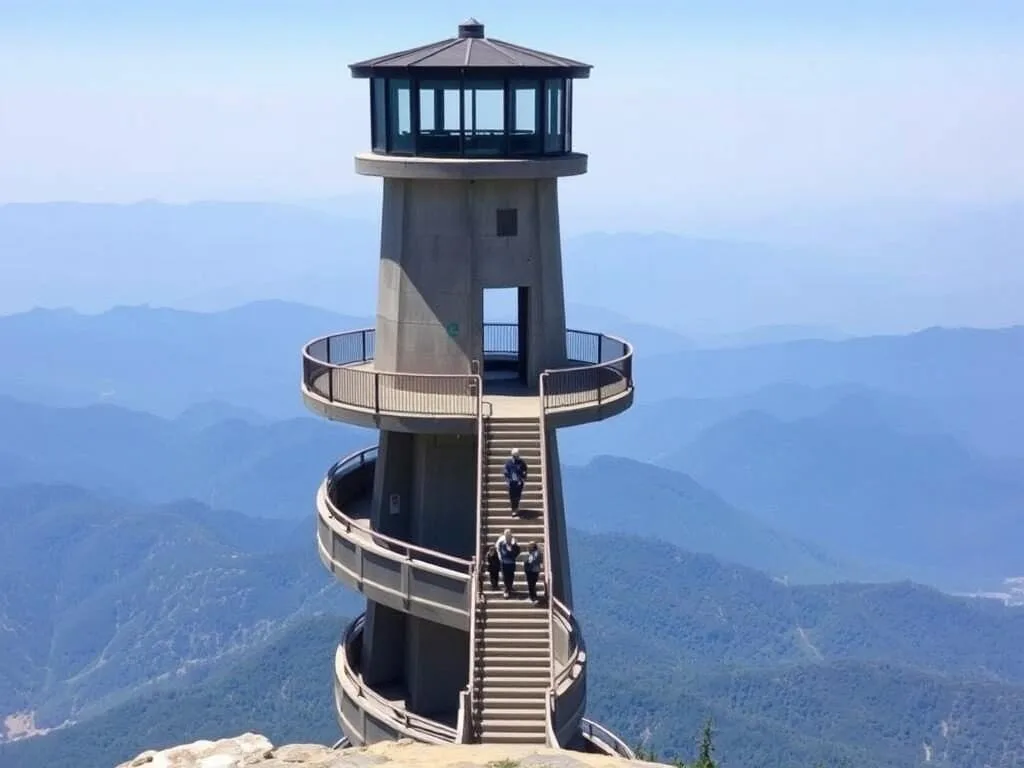
Clingmans Dome
At 6,643 feet, this is the highest point in the park and in Tennessee. A steep half-mile paved trail leads to an observation tower with spectacular 360-degree views extending over 100 miles on clear days. The distinctive concrete spiral ramp is an iconic park feature.
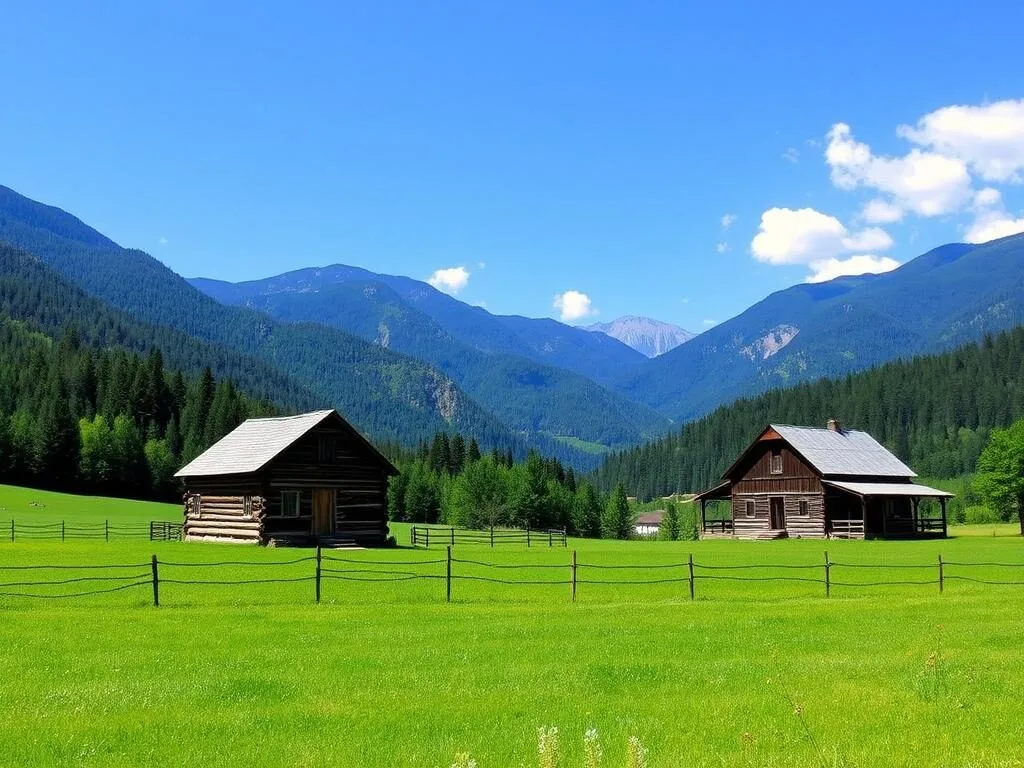
Cades Cove
This broad, verdant valley surrounded by mountains features a 11-mile, one-way loop road that takes you past preserved 19th-century homesteads, churches, and working grist mills. It’s also one of the best places in the park for wildlife viewing, especially black bears and white-tailed deer.
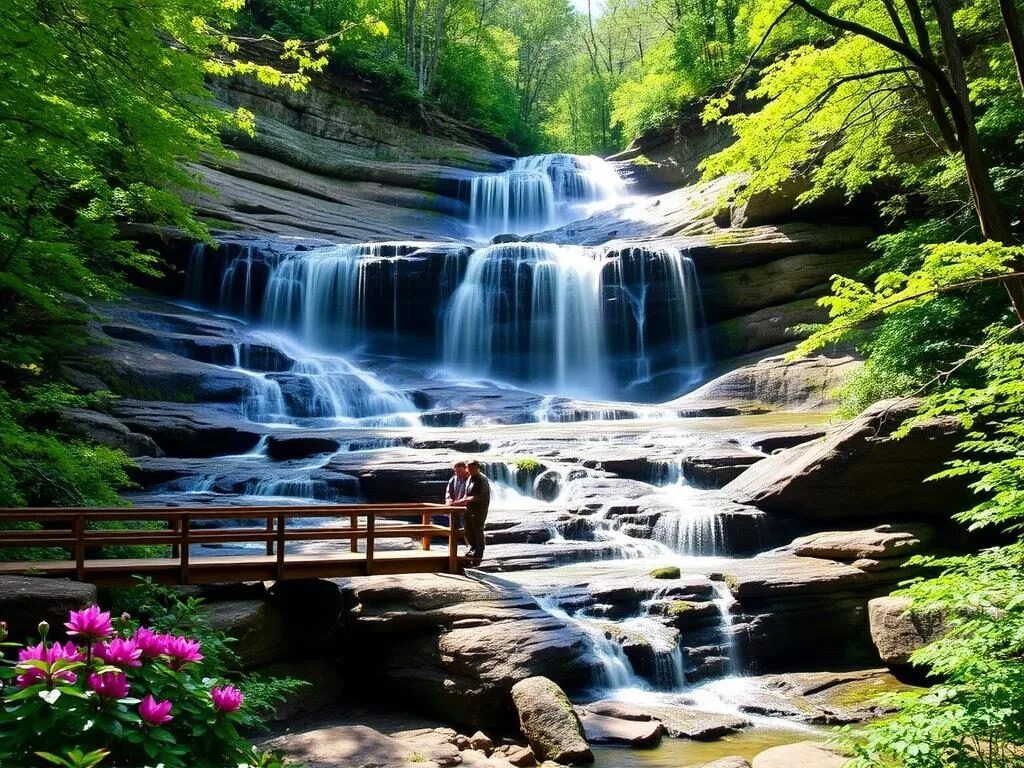
Laurel Falls
One of the park’s most popular destinations, this 80-foot waterfall is accessible via a 2.6-mile roundtrip paved trail. The waterfall consists of an upper and lower section divided by a walkway that crosses the stream at the base of the upper falls. The moderate hike is suitable for families.
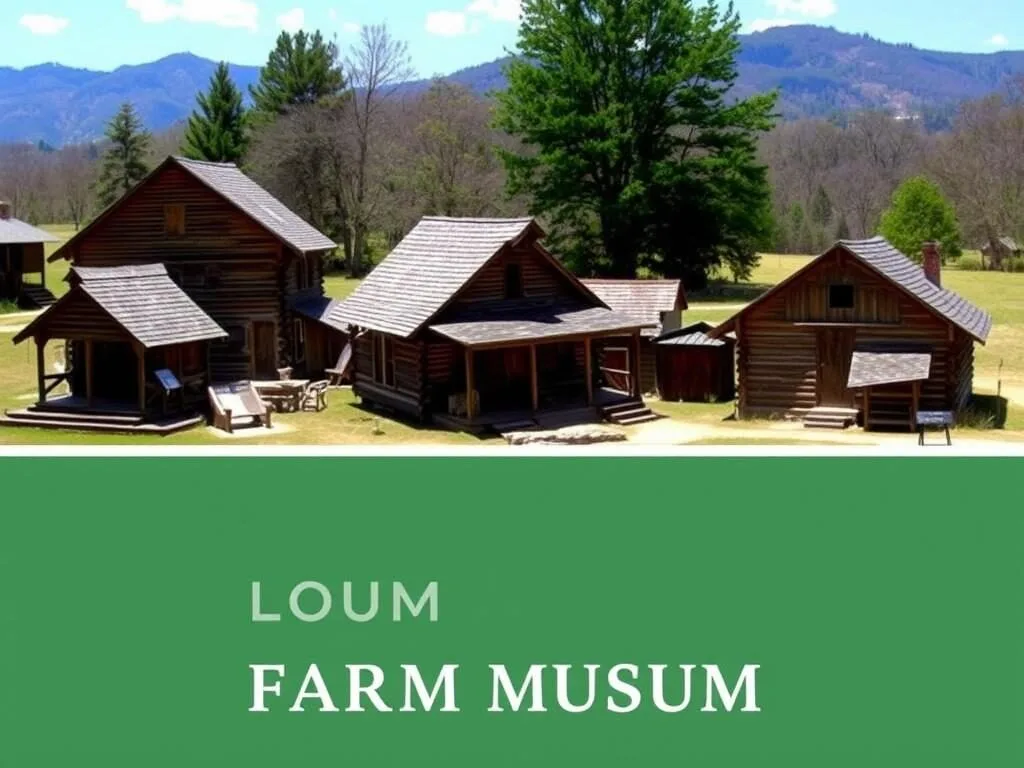
Oconaluftee Visitor Center & Mountain Farm Museum
Located near the Cherokee entrance, this area features a visitor center with exhibits on park history and a collection of historic log buildings that have been gathered to create an open-air museum. The nearby fields are known for elk viewing, especially in early morning and late afternoon.
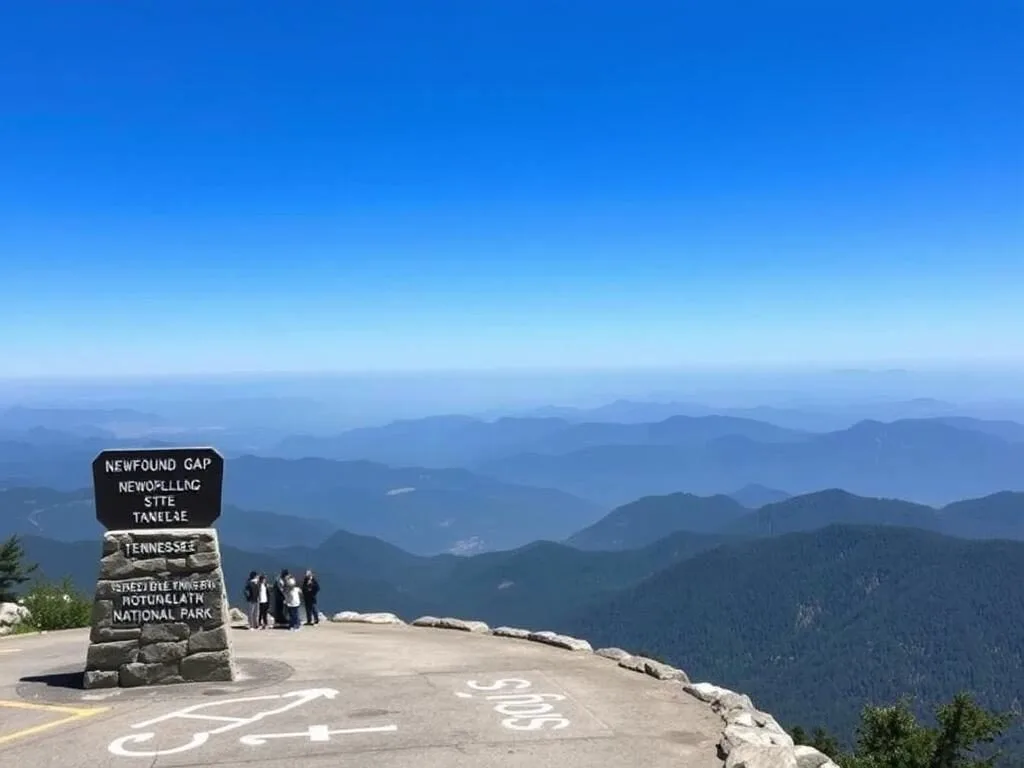
Newfound Gap
This mountain pass at 5,046 feet is the lowest drivable pass through the park. It sits on the state line between Tennessee and North Carolina and is home to the Rockefeller Memorial where President Franklin D. Roosevelt dedicated the park in 1940. The Appalachian Trail crosses here, offering hiking opportunities.
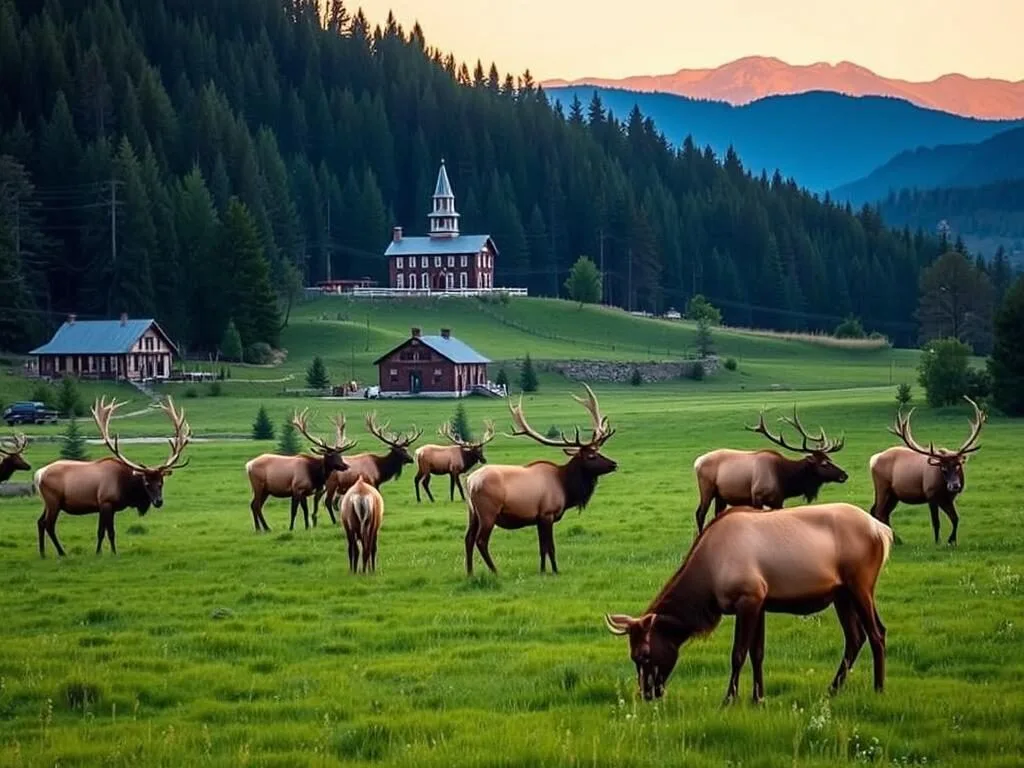
Cataloochee Valley
This remote valley on the North Carolina side of the park preserves numerous historic buildings from an early settlement. It’s best known for the elk herd that was reintroduced in 2001. The valley’s relative isolation means fewer crowds but requires driving on a winding gravel road for part of the journey.
Outdoor Activities
Great Smoky Mountains National Park offers endless opportunities for outdoor recreation throughout the year. Whether you’re seeking adventure or relaxation, there’s something for everyone:
Hiking & Backpacking
With over 850 miles of trails, the park is a hiker’s paradise. Popular options include:
- Appalachian Trail – 71 miles of this famous long-distance trail run through the park.
- Mount LeConte – Several trails lead to this peak, the third highest in the park.
- Ramsey Cascades – A challenging 8-mile roundtrip to the park’s tallest waterfall.
- Grotto Falls – The only waterfall in the park you can walk behind.
For backpacking, the park has numerous backcountry campsites accessible only by trail. Permits are required and can be obtained through the park’s reservation system.
Wildlife Viewing
The park is home to approximately 65 species of mammals, over 200 varieties of birds, and more than 80 types of reptiles and amphibians. Prime wildlife viewing spots include:
- Cades Cove – Best for black bears and white-tailed deer, especially early morning and evening.
- Cataloochee Valley – Known for its elk herd, particularly active at dawn and dusk.
- Oconaluftee River Trail – Good for elk viewing near the visitor center.
- Roaring Fork Motor Nature Trail – Opportunities to spot bears, deer, and wild turkeys.
Remember to maintain a safe distance from all wildlife. Park regulations require staying at least 50 yards (150 feet) from bears and elk.

Fishing
The park protects over 2,900 miles of streams, many of which offer excellent fishing opportunities. The waters are home to native brook trout as well as rainbow and brown trout. A valid Tennessee or North Carolina fishing license is required, and specific park fishing regulations apply.
Picnicking
There are 11 picnic areas throughout the park, including popular spots at Metcalf Bottoms, Cades Cove, and Chimneys. Most have tables, grills, and restroom facilities. Some picnic areas are open year-round, while others operate seasonally.
Scenic Drives
Beyond the main park roads, several specialized scenic routes offer unique experiences:
- Roaring Fork Motor Nature Trail – A 5.5-mile one-way loop with historic buildings and waterfalls.
- Foothills Parkway – Recently completed section offers some of the best mountain views in the region.
- Rich Mountain Road – A seasonal, one-way gravel road offering an alternative exit from Cades Cove.
- Balsam Mountain Road – A less-traveled route to high-elevation areas on the North Carolina side.
Enhance Your Smokies Adventure
Make the most of your visit with expert-guided experiences:
Practical Tips & Safety Information
Ensure a safe and enjoyable visit to Great Smoky Mountains National Park with these essential tips:
Safety Essentials
- Wildlife Safety – Never approach or feed wildlife. Stay at least 50 yards (150 feet) from bears and elk.
- Hiking Preparedness – Carry plenty of water, wear appropriate footwear, and bring layers even in summer as mountain weather can change rapidly.
- Navigation – Cell service is limited in the park. Carry physical maps and know your route before setting out.
- Weather Awareness – Check forecasts before heading out and be prepared for afternoon thunderstorms in summer.
- Emergency Contact – For emergencies in the park, call 911 or contact a park ranger.
Park Regulations
- Pets – Pets are allowed in campgrounds, picnic areas, and along roads, but must be leashed at all times. Pets are NOT allowed on trails except the Gatlinburg Trail and Oconaluftee River Trail.
- Drones – Unmanned aircraft are prohibited within park boundaries.
- Campfires – Allowed only in designated fire rings at campgrounds and picnic areas.
- Leave No Trace – Pack out all trash and leave natural and cultural features as you find them.
- Firearms – Federal laws regarding firearms apply; check the park website for current regulations.
Bear Safety: Great Smoky Mountains National Park is home to approximately 1,500 black bears. Never approach bears or allow them to access your food. Store all food, garbage, and scented items in your vehicle or in designated bear-proof containers. If you encounter a bear, maintain a safe distance, do not run, and slowly back away while facing the animal.
Experience the Magic of the Smokies
Great Smoky Mountains National Park offers a rare glimpse into both the natural wonders of ancient mountains and the cultural heritage of Southern Appalachia. From misty mountain vistas and cascading waterfalls to historic settlements and diverse wildlife, the park provides endless opportunities for discovery and adventure.
Whether you’re driving along scenic roads, hiking remote trails, or simply relaxing amid the peaceful sounds of nature, the Smokies have a way of rejuvenating the spirit and creating lasting memories. With proper planning and respect for this precious wilderness, your visit to America’s most beloved national park will surely be an experience to treasure.
Ready to Explore the Great Smoky Mountains?
Start planning your unforgettable adventure today:
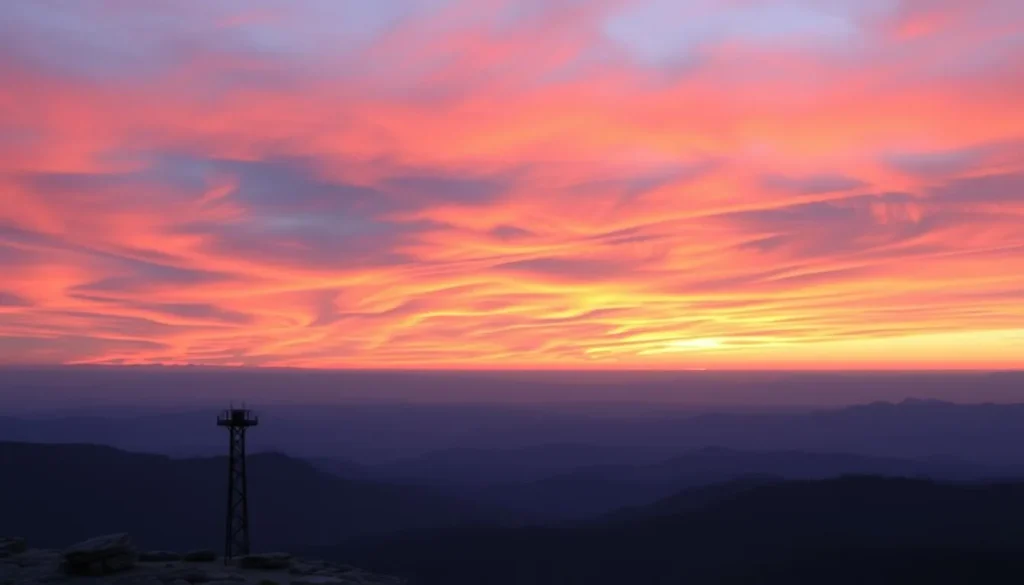
The above is subject to change.
Check back often to TRAVEL.COM for the latest travel tips and deals.






